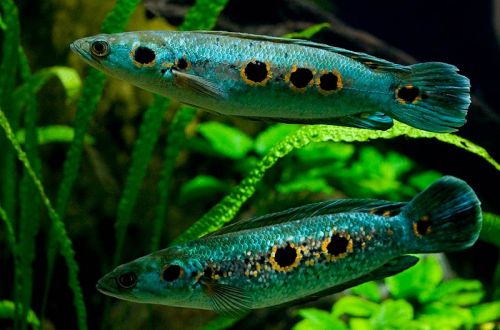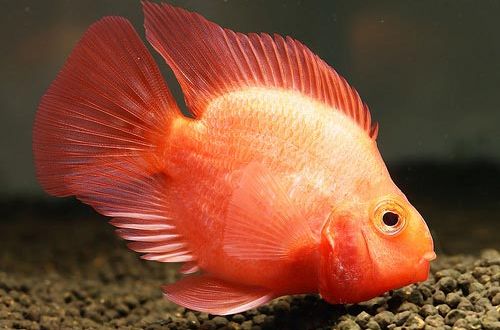
Kupanus deya
Kupanus Deya, scientific name Pseudosphromenus dayi, belongs to the Osphronemidae family. Differs in rare peacefulness in comparison with congeners. A hardy and unpretentious fish, it can be a great addition to the community of other types of aquarium fish, but it is unlikely that it will be possible to become the center of attention due to its rather nondescript color.
Contents
Habitat
It comes from a limited range of the foothills of the Western Ghats in the southern state of Kerala in India. Occurs in shallow water in swampy areas of rivers with a sluggish flow and lakes with dense vegetation; it is widely distributed in floodplains and other low-lying areas.
Brief information:
- The volume of the aquarium – from 60 liters.
- Temperature – 20-28°C
- Value pH — 6.0–7.5
- Water hardness – soft to medium hard (2-15 dGH)
- Substrate type – any soft
- Lighting – subdued
- Brackish water – no
- Water movement – little or no
- The size of the fish is up to 6 cm.
- Food – mostly live or frozen food
- Temperament – peaceful
- Content in a group or a pair of male / female
Description
Adults reach a length of 6 cm or more. The main color is copper-brown with two dark horizontal stripes stretching from head to tail. The edge of the fins has a pale blue color. Females are less colorful than males, which begin to show their best colors during the spawning season.
Food
They prefer live or frozen food (bloodworm, brine shrimp, gindal worm, etc.). Dry food with plant components in the composition is used only as an additive and cannot become the basis of the diet.
Maintenance and care, arrangement of the aquarium
Tank sizes for one pair of fish start at 60 liters. The design is selected based on the following requirements: subdued lighting, the presence of shelters in the form of snags or decorative objects (wrecks, castles), areas with thickets of rooting and floating plants. The aquarium is three-quarters full, and the filtration system is adjusted to keep water movement to a minimum. An indispensable element should be a tight cover that prevents accidental jumping out (for Kupanus Dey this is not a problem) and provides a warm, moist layer of air above the surface, which is important for the breathing of labyrinth fish species.
Hydrochemical indicators have fairly wide permissible pH and dGH values, sometimes it is enough to stand it for a day in a bucket so that the remnants of tap chlorine disappear, and you can pour it into the aquarium.
Maintenance comes down to regular cleaning of the soil from organic waste (excrement, uneaten food residues) and a weekly renewal of part of the water (10–15% of the volume) to fresh water.
Behavior and Compatibility
Peaceful and friendly fish, compatible with other species of similar size and temperament. Males treat each other calmly, manifestations of aggression are extremely rare. Overly active and large neighbors that can intimidate the modest Kupanus Dey should be avoided.
Breeding / breeding
Unlike its relatives, who build foam nests for future offspring, this species prefers to make do with natural shelters – dense clusters of plants, driftwood with wide cavities, etc. An inverted coconut shell, ceramic pots turned over on their side, hollow tubes of suitable diameter.
With the beginning of the mating season, the abdomen of the females is somewhat rounded, and the color intensity of the males noticeably increases, and he begins to search for a suitable place, often even building an elementary nest under the arch of the chosen shelter.
Spawning itself takes place in the form of a kind of “embrace”, each time a small portion of eggs and seeds are released. Once released, they are carefully placed in the nest. When everything is over, the female swims away, leaving the male to guard the clutch. The fry appear within 24-49 hours, and after 2-3 days they begin to swim freely around the aquarium. From this moment, the male ceases to protect the offspring, which are threatened not only by other fish, but also by their own parents, so it is recommended that the young be transplanted into a separate tank with identical water conditions.
Fish diseases
The main cause of most diseases is unsuitable living conditions and poor-quality food. If the first symptoms are detected, you should check the water parameters (pH and dGH) and the presence of high concentrations of hazardous substances (ammonia, nitrites, nitrates, etc.), if necessary, bring the indicators back to normal and only then proceed with treatment. Read more about symptoms and treatments in the Aquarium Fish Diseases section.





